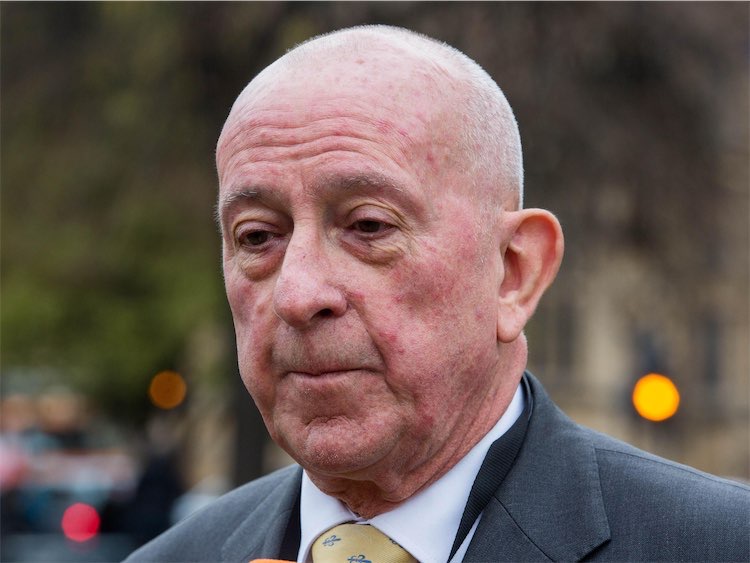Elections Expert Lord Hayward Says Boundary Review Is A "Relief" For Tories
4 min read
Boris Johnson’s Tories will be “breathing a sigh of relief” after the proposals for new MP seat boundaries were revealed, according to Tory peer and elections expert Lord Hayward.
The Boundary Commission England released its initial plans to redraw the electoral map from 2023 onwards so that each constituency contains between 69,742 and 77,062 electors. This will involve a “significant change” to the current boundaries, the organisation said.
Speaking to PoliticsHome, Lord Hayward said the proposals show the Tories would have gained between five to ten more seats at the last general election had this set of proposed boundaries been in place then.
“I think the Conservatives will breath a sigh of relief today but equally there are people who are still going to be very concerned," said Lord Hayward, who has been involved in polling and electoral predictions since the 1990s.
“I still stand by my assessment of five to ten gains for the Conservatives across the whole of the UK, though we’ve just had plans for England so far. There’s much more change than I expected in general, and particularly in Suffolk, Sussex and Hampshire,” he said.
While the overall number of seats in Parliament will remain at 650, England will go from 533 to 543 seats – an increase of ten – to cope with its increasing population. When proposals are produced for the other nations, Wales is set to lose eight seats, which could involve losses for Labour and Plaid Cymru. Scotland will lose two seats and one of those may currently be an SNP held seat. There will not be any change to the overall number of seats in Northern Ireland.
Under the proposals for England released on Monday, the seat of Prime Minster Boris Johnson is barely altered which means his majority is likely to be unchanged at a future poll. Labour leader Keir Starmer (Holborn and St Pancras), Liberal Democrat leader Ed Davey (Kingston and Surbiton) and the Green Party’s Caroline Lucas (Brighton Pavillion) all have seats that will involve boundary changes but none of the re-drawing is so significant that they are vulnerable to losing their seats.
One Cabinet member believed to be concerned about the proposals is defence secretary Ben Wallace, whose Wyre and Preston North seat in the North West would be "entirely reconfigured" according to the plans, with a new Preston based seat that is far more urban in nature than the one he represents.

Health secretary Matt Hancock who represents Suffolk West will face a major re-drawing of his seat, and Chancellor Rishi Sunak’s Richmond constituency will also be altered, but both are in very safe Conservative areas.
“Hancock has a seat that changes quite dramatically for example but it will still likely be a Conservative seat,” said Hayward.
“In the Durham and Teesside seats the Conservatives have probably done better than they were expecting to but there will be exceptions because you can’t have everyone benefiting when you have smaller seats,” he said.
“A redistribution is always a mixture of winners and losers.”
London gains two seats – including the creation of a new constituency, Stratford and Bow, which Hayward said would likely be a Labour gain. Initial discussions among Labour MPs familiar with the plans showed concern that Labour-held Hammersmith and Fulham becomes even more marginal as it is re-drawn to include more Conservative voting wards, although a re-drawn Kensington could take in more Labour voting areas, potentially becoming a future gain for the party.
The new seat proposed for Batley and Spen in West Yorkshire, an area which is currently in the midst of a by-election Labour are desperate to win, involves the removal of a very safe Labour ward. Hayward suggests this could have gone Tory if the boundaries had been in place at the 2019 general election.
Tim Boden, secretary to the Boundary Commission for England, said on Monday: “Today’s proposals mark the first time people get to see what the new map of Parliamentary constituencies might look like. But they are just the Commission’s initial thoughts.”
The commission said local knowledge is vital to help create the new constituencies and to reflect local areas, and is inviting comments from the public at www.bcereviews.org.uk.
The consultation ends on August 2.
